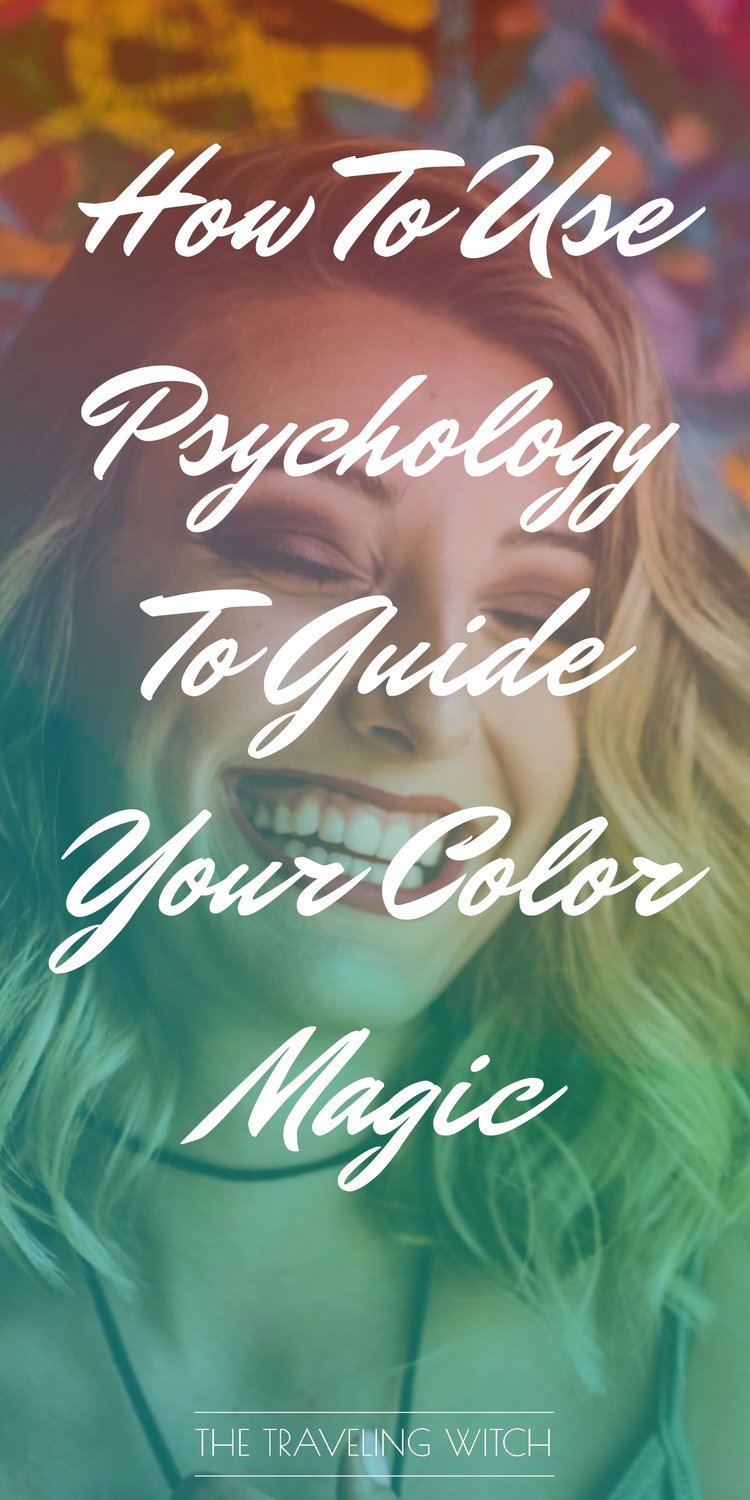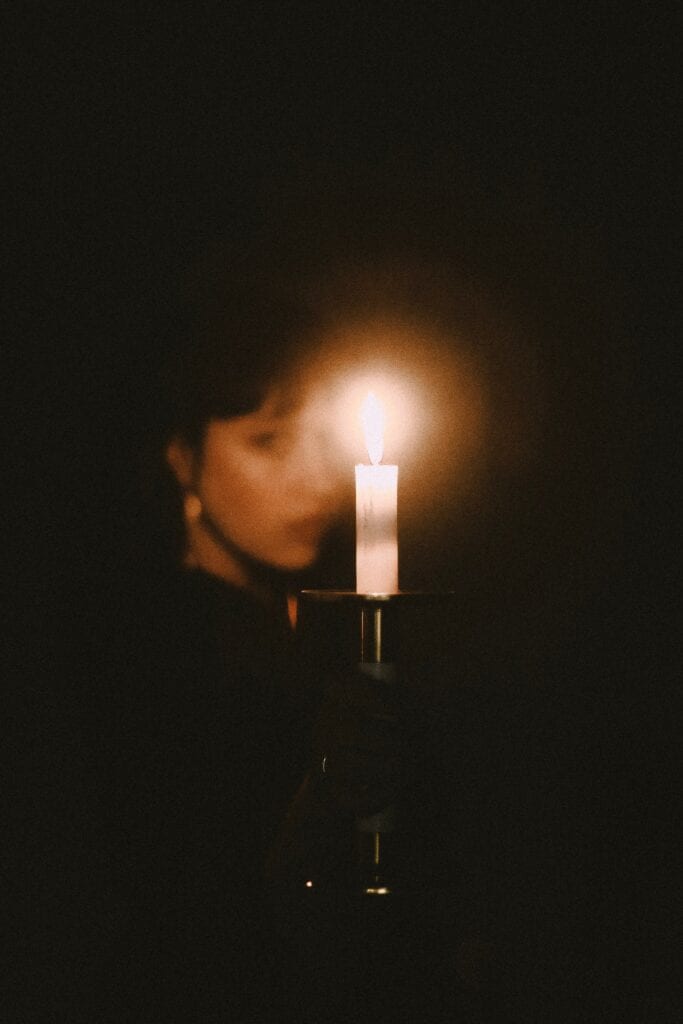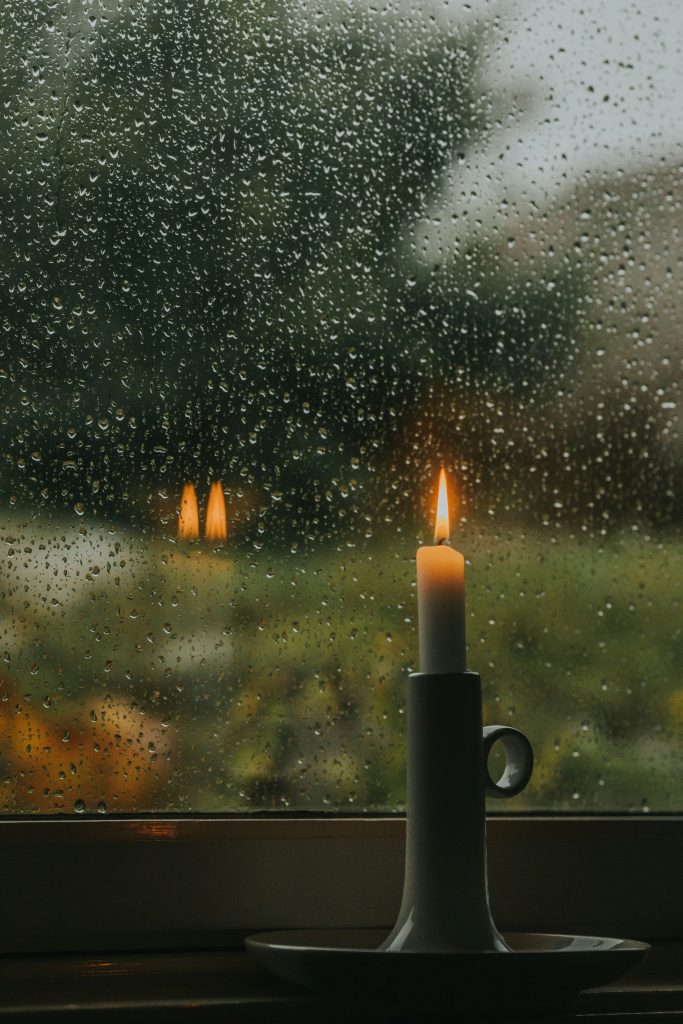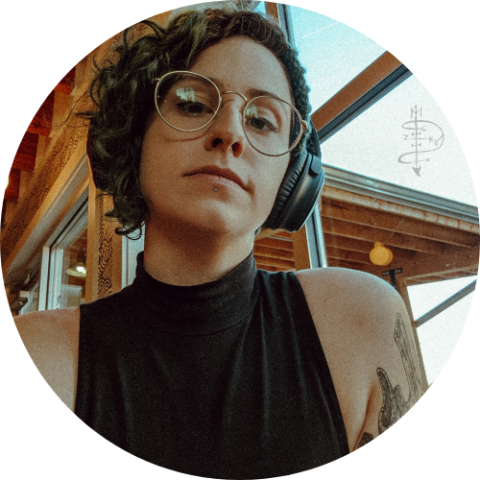When you’re just starting out in witchcraft, correspondences are important. They guide new witches through their first spells, giving them structure. After all, many of us have grown up following endless instructions from parents, teachers, and employers who have a set way of doing things and all you have to do is follow the rules. If you’ve grown up with religion, following steps in rituals will already be second nature and correspondences are the perfect roadmap to follow.

You want a banishing spell? Simple, use black pepper, black candles, black cord. A money spell? Green candles, green stones, green herbs. I’m not being critical — I don’t think it’s a bad thing at all. You want spells to work and capitalizing on tried and true methods seems like the surest bet, not to mention the easiest way to get your feet wet. Just make sure your intentions line up perfectly with your ingredients and ta-da! Magic.
As you grow into your craft, however, you learn that witchcraft isn’t a cookie cutter endeavor like school or a random job, with a one-size-fits-all method for success. You develop your own style, you learn what works for you, and you find new ways to practice. It’s important and second nature for us to evolve and grow into better witches over time. The crutch of online correspondence lists can evolve too. You can create your own personal correspondences based on your experience — not somebody else’s — and in doing this your craft becomes your own.
So where to start? I’ve chosen to focus on color correspondences because I tend to see the most discrepancies in color symbolism online and in books. The logic behind some of this symbolism often seems a little shaky. Money is green, so money spells require green. But wait, what if I use the euro? It’s rainbow colored! Nature is more universally green than money. While herb symbolism is based heavily on tradition, color symbolism changes at random depending on what source you’re using. Today, I’m going to provide you with information so that YOU can decide what these colors mean to you based on your own personality and life experience, making your magic more personal and therefore more powerful.
What’s your favorite color?
I’m sure we’ve all asked and answered this innocuous question more times in our lives than we can possibly remember. You asked this question in kindergarten of potential new friends you wanted to get to know. You answered this question when you flirted with a new romantic interest. You posed this question when you were just bored, hanging out with someone you’ve known for years. But why? Is a favorite color so much more informative than, say, a favorite number? Yes, because colors are evocative. A favorite color can tell you things about yourself that you never guessed.
Colors capture our minds and hearts. Historically, people have turned to colors to heal, tell stories, and spread messages. In ancient Egypt, healers would place their patients in color rooms or sit people in the path of light refracted by colored gemstones, specifically tailored for various ailments. The color red was a go-to in pre-modern medicine across many eras and cultures. Arab physician Avicenna, born in 980, would cover patients in red to cure them. King Edward II of England was placed in a red room to treat his smallpox. The Chinese wore rubies to ensure a long life. In Japan, sufferers of nightmares turned to red to banish them. The idea of a physician using colors to treat a patient today seems slightly ludicrous until you learn that premature babies are placed under blue “bili lights” to prevent jaundice. Perhaps, the ancient world was more sophisticated than we imagine.
World religions have always ascribed special powers and meanings to colors. Islam is associated with the color green — the color of paradise. Buddha and Confucius are both typically associated with yellow and gold, but with slightly different taste in robe colors; Buddha wore red and Confucius, black and white. In Christianity, the Virgin Mother is usually depicted swathed in blue and white robes, symbols of divine purity.
But what do colors really mean? Common knowledge will tell us that red is the most dominant color that people perceive. Red catches the eye and energizes us to act. Or stop acting, if it’s a stop sign. Red’s power is not just psychological, but physiological. In 1958, scientists found that exposure to red light can actually raise your blood pressure. Never underestimate the power of red — advertisers certainly don’t! Huge corporations like Coca-Cola, Virgin Atlantic, and Nintendo all rely on red to grab the consumer’s eye. McDonald’s arches may be golden, but they’re nestled in a bright red background.
That’s not to say that the rest of ROYGBIV is lacking in some power or psychological umph. All colors on the warmer end of the spectrum inspire an emotional response, even the sometimes maligned yellow. While admittedly the traditional color of cowardice, yellow is also the color of the sun, which made it particularly important to ancient cultures the world over. And yellow’s sparkly cousin — gold — needs no explanation. People see everything desirable in gold: Valor, wealth, achievement. It sits on the heads of kings and queens. It rings the fingers of the married, a symbol of fidelity and a lasting oath. Perhaps yellow’s problem isn’t its shade but its brightness. Bright yellow can be difficult on our eyes and brains. However, a nice, muted yellow is pleasing.
Orange can be a tougher sell, at least in western eyes. In Asia, orange is associated with spiritual enlightenment. In the west, at least in certain shades, orange is more garish — the color of second-rate sodas and children’s TV networks. Perhaps, as one psychologist posited, it’s all about climate. People in warmer climates love orange’s warmth and brightness. It’s all around them, in the sumptuous flora and the delicious fruit. It has similar aesthetic qualities to red, in that it brings out strong positive emotions, but they’re less intense — red’s little sister. Where red denotes passion, orange brings fun and youthful exuberance.
Warm colors, orange in particular, are often indicative of levity on the stage and film, even in the characters themselves. What color is Peter Pan’s, Pippi Longstocking’s, and Ron Weasley’s hair? It’s believed that warm colors induce such good feelings, that warm lighting can even make you feel like time is slowing down. Warm colors are inviting. Extroverts are even said to prefer warm colors, because of their lively natures. We relate to them; even our skin tones are naturally warm.
But don’t discount the introvert’s preferred palette: Blue, green, indigo and violet. You don’t want to be energized all the time — sometimes you want to cool down. Green is regarded as the most calming color. The color of nature, of life’s continual renewal, and probably the only member of the Cool Family we really want to eat.
Blue is also generally interpreted as a peaceful, divine, intellectual or transcendent color but, as with other cool colors, our perception is deeply dependent on context. We might see ourselves as “red hot,” but nobody wants to be blue (or green), literally or figuratively. Warm lighting makes us feel good (and look good), but cool lighting brings out the flaws and brings on the migraines. Purple generally gets a better psychological rap. It’s an exotic, egomaniacal color which represents opulence and commands attention. Luxury goods (excepting Taco Bell) and royalty favor the appeal of purple and indigo to set themselves apart. In fact, Julius Cesar declared only the emperor may don purple robes. It’s said that the artist’s favorite color is usually purple (or artists formerly known as…). While the cool tones heavily depend on context for their appeal, they still manage to claim the world’s favorite color: Good ‘ol moody blue.
Black and white are special cases. In terms of light waves, white light contains all the colors in the visible spectrum and black is the absence of all light. In a physical form such as paint, it’s just the opposite. Black is all colors mixed together and white is the absence of color. This duality perfectly mirrors the interpretation of black and white across cultures. Black is visually impactful — a startling absence of color and vitality. Almost universally, black is associated with heavy, dark emotions. It can express foreboding, authority, formality, and even death. But there are really two sides to black. Black is often the color of mourning and sorrow, but a little black dress is the epitome of sexiness. Black is the color of intriguing mystery and the unknown.
White is generally associated with purity, rebirth, and cleanliness. But white is also sterile and empty. Interestingly, China flips the association of black and white with death and life. White is the mourning color, and black is more commonly associated with life. Black and white together are even more stark and eye-catching. Naturally, the combination of black and white has intense symbolism. Yin and yang, dark and light, life and death. You can’t have one without the other. They are opposites whose visual power is enhanced by the other’s presence.
Personal Rainbow
With this information, we can base our color choices in magic on logic and psychology instead of arbitrarily assigning associations. Most importantly, you can base these color choices on your own personality. Are you an introvert who would like to be more outgoing? Turn to warmer colors to boost self-confidence. Do you live in a cooler climate? Icy colors will feel like home and you’ll connect with them more deeply.
Instead of turning to green for money and luck spells, look to violet and gold — the luxury colors worn by rulers — and save the green for calming spells and spells with a strong natural element: Rejuvenation, new beginnings, and spells focused on mothers. I live in colorful Colorado, so while blue is a calming color to me (the association that pops up over and over), primarily it’s the color of the Rockies and the sky, powerful entities that loom over my city and seem larger than life. For me, blue in spells means natural wonder, immovability, and majesty. However, for someone living by the sea, blue might mean changeability, harvest (fishing), or peace. Someone living in the city might see blue as elusive — the color shining between buildings, or only seen on trips away from the city. Maybe to you city witches, blue is industrial and commercial — the color of cars and billboards.
Not only will your color association change based on your location, but your perception. How do certain colors make you feel? How do you connect and react to them because of your own personal experiences? Black is the color of mourning, but to a witch, black is the color of mystery, of the wonderfully peaceful night. It’s the color of cats, of recently burned sigils and ink scribbled into grimoires. Black is the backbone of our witchin’ aesthetic. It’s the color of magic at work!
So, witches, for the first time ever I’m giving you homework. Before working any more magic involving colors, sit down, get centered and make a list of colors. Next to each color, write down exactly how this color makes you feel, what it reminds you of, and if it’s for “positive” or “negative” magic. Access your psyche! Rely on yourself for your correspondences and watch as this brilliant world of color magic starts working wonders for your spells!
Struggling with your magic?
Take the Quiz to Discover Your #1 Witchcraft Obstacle

Updated on August 20, 2023 by Avery Hart




Hey Avery, ……everyone….
– just want’d to expresshow much i have already enjoyed these lessons, and i have only finished through 2 of them ?!! WOW🤓
Wowzers, fantastic!
Thank you very much for sharing your insight, this makes so much more sense on why certain published spells just feel a bit off! And gives me more space and understanding to go with the flow and feel a bit more!